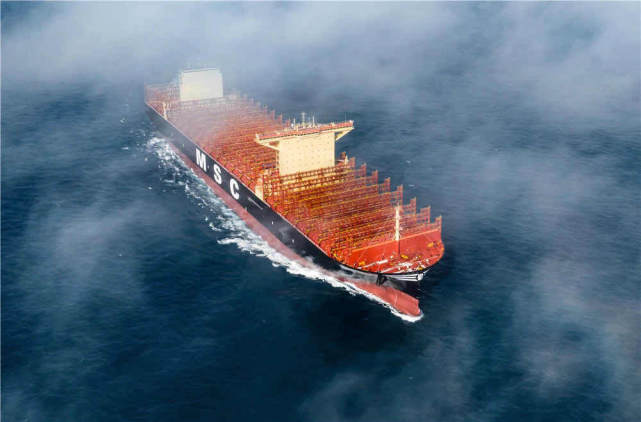Shipping Steel Plates from Guangzhou/Shenzhen to Bratislava, Slovakia: CIF 20FT/40FT FCL and LCL Options
Shipping steel plates from Guangzhou or Shenzhen in China to Bratislava, Slovakia, is a straightforward yet essential logistics process. Below, we discuss the available shipping options, transit times, and packaging considerations to ensure safe delivery.
Shipping Options
Full Container Load (FCL):
For larger shipments, FCL is the most cost-effective and secure option. Both 20FT and 40FT containers are available under the CIF (Cost, Insurance, and Freight) term. CIF covers the cost of the goods, insurance, and transportation to the destination port (Bratislava). The estimated transit time for sea freight is approximately 34 days.Less than Container Load (LCL):
For smaller shipments or when the cargo does not require a full container, LCL is a suitable alternative. In this case, the steel plates will be consolidated with other goods in the same container, providing a more economical option. The shipping duration remains the same at about 34 days.
Packaging Recommendations for Steel Plates
Proper packaging is critical to protect steel plates during the long sea journey. Here are some best practices for packaging:
Wooden Pallets or Crates:
Place the steel plates on sturdy wooden pallets or within wooden crates. This helps in handling, stacking, and transportation without damaging the goods.Protective Wrapping:
Use anti-rust paper or plastic film to wrap each steel plate to prevent corrosion caused by exposure to moisture and salty air during transit.Edge Protection:
Install corner and edge protectors to safeguard sharp edges, minimizing the risk of injuries during handling and avoiding damage to adjacent cargo.Strapping:
Secure the plates tightly with steel or polyester straps to prevent movement within the container. Proper strapping ensures that the cargo remains stable even in rough sea conditions.Markings:
Clearly label the packages with handling instructions, such as “Fragile,” “This Side Up,” or “Keep Dry,” to guide handlers during loading and unloading.

Process Overview
Booking:
Reserve space for FCL or LCL shipment through a reliable freight forwarder. Confirm the shipping schedule and ensure all documentation (commercial invoice, packing list, bill of lading) is prepared.Loading at Origin Port:
Steel plates will be loaded into containers at the port in Guangzhou or Shenzhen. FCL shipments will have exclusive use of the container, while LCL shipments will be consolidated.Sea Journey:
The goods will be transported by sea to European ports and then forwarded to Bratislava, Slovakia, via an inland route, if required.Unloading and Delivery:
Upon arrival at Bratislava’s designated port, the goods can be collected or delivered to the final destination as per the agreed terms.



